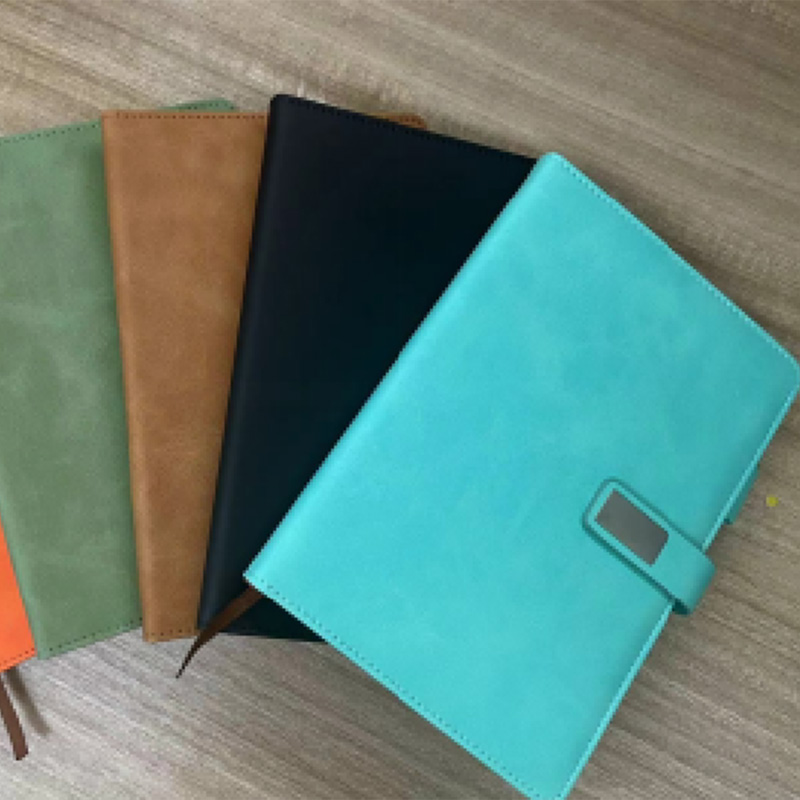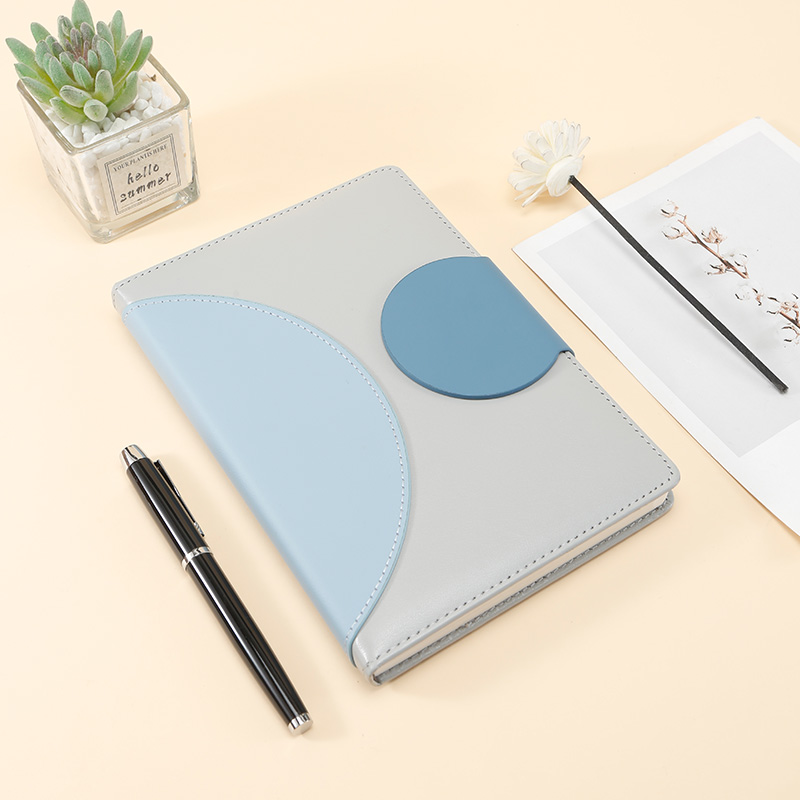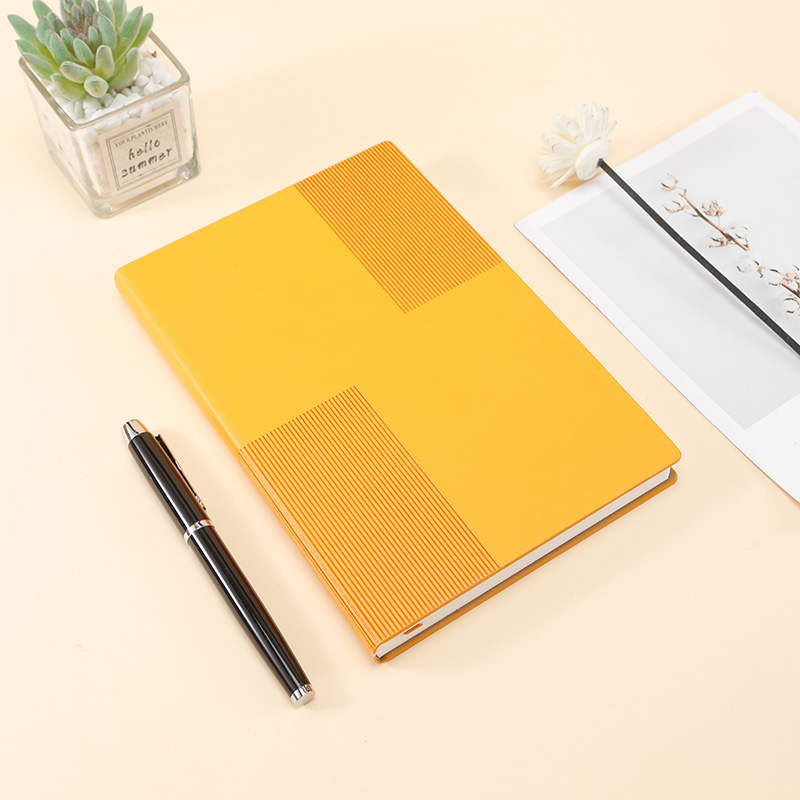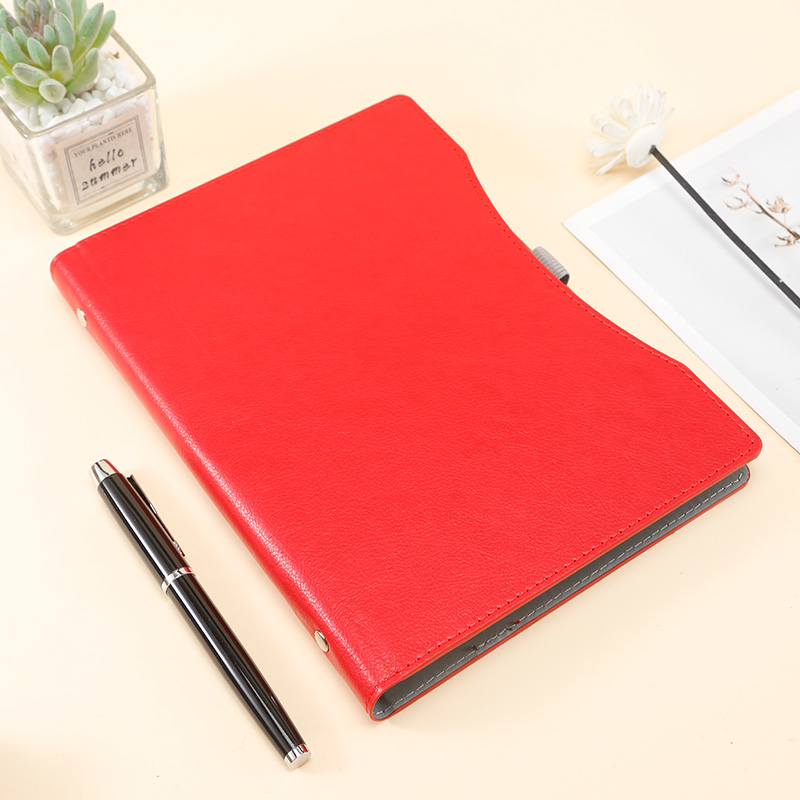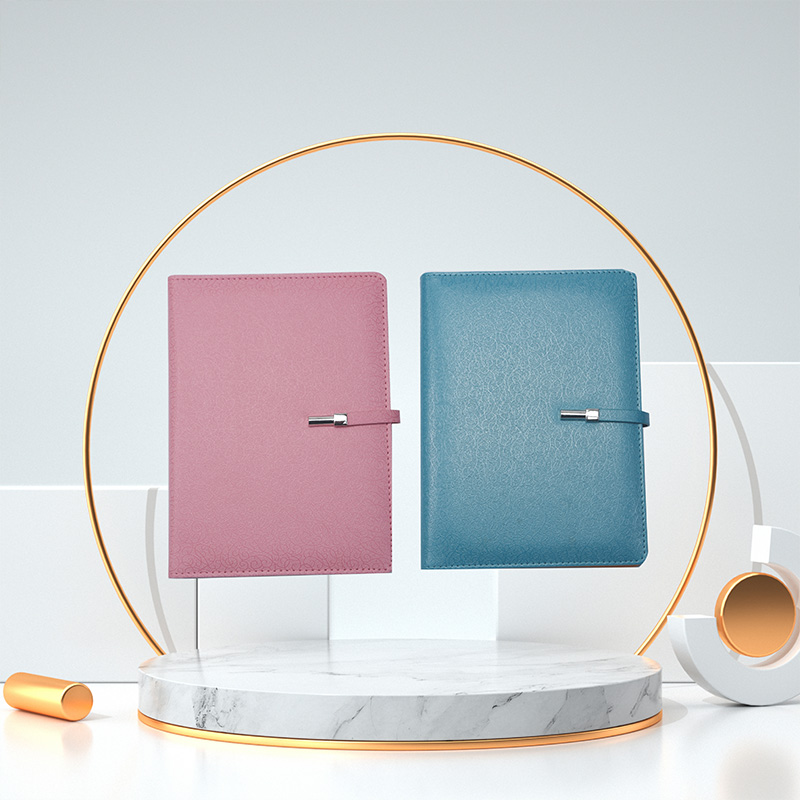The Versatile Appeal of a Soft Leather Notebook
Posted by Admin
A leather paperback notebook combines the softness of a flexible cover with the refined texture of leather or leather-like material. It is designed to offer both practicality and aesthetic appeal, making it a suitable companion for a variety of writing needs. With its lightweight construction and durable cover, this notebook style is widely appreciated in both professional and personal settings.
Soft leather notebooks combine flexibility with a smooth, durable cover, offering a comfortable writing experience. They are lightweight and easy to carry, making them ideal for everyday use. With various page formats inside, they suit journaling, note-taking, or sketching in both casual and professional settings.
The defining feature of a leather paperback notebook is its flexible cover. Unlike hardbound notebooks, this version offers a more supple feel, allowing it to conform more easily to bags and hand-held use. The leather material adds a classic, elegant appearance while also providing a level of durability that protects the inner pages from wear and tear. It’s often chosen by those who value portability without compromising on appearance.
This type of notebook is commonly used for daily journaling, business notes, creative writing, or casual sketches. The flexibility of the cover makes it convenient to open flat or fold slightly while writing, which is helpful for users on the move. Whether writing on a train, in a classroom, or at a café, the leather paperback notebook adapts well to different environments.
Paper quality inside the notebook plays an important role in the user experience. More leather-bound paperback notebooks include smooth, acid-free pages that are suitable for a range of writing instruments. The pages may be ruled, blank, or dotted, allowing users to choose a format that suits their needs. The binding is usually sewn or glued securely, allowing the notebook to withstand frequent use without pages coming loose.
In terms of size, leather paperback notebooks are available in various formats—from pocket-sized to standard A5 or larger. The smaller versions are ideal for note-taking on the go, while larger ones are often used for more in-depth writing or project planning. Their slim profile makes them easy to store in handbags, backpacks, or briefcases.
Design variations also add to the notebook’s practicality. Some leather paperback notebooks include extra features such as bookmark ribbons, inner pockets, or elastic bands. While small in appearance, these features support better organization and user convenience. The leather cover may also develop a natural patina over time, giving the notebook a personalized look as it ages.
Many people use leather paperback notebooks as part of their daily routine, keeping track of schedules, thoughts, or to-do lists. Others may use them as travel companions to record experiences, ideas, or sketches. Their understated look and versatile use make them a fitting choice for both creative and professional purposes.
In summary, the leather paperback notebook offers a well-balanced mix of flexibility, visual appeal, and daily functionality. Its soft cover makes it easy to carry, while the leather exterior adds a sense of refinement. With a reliable structure and thoughtful features, it serves as a valuable tool for anyone who appreciates a clean, simple space for writing and organization.

